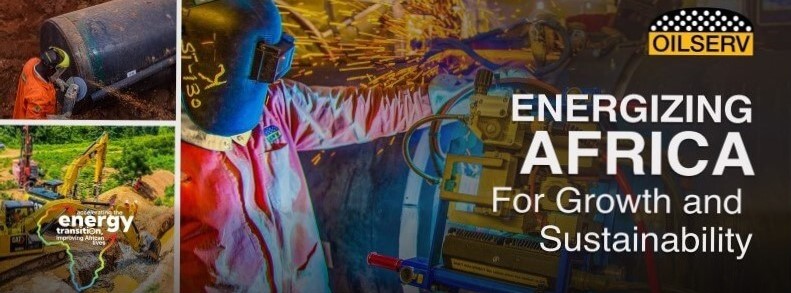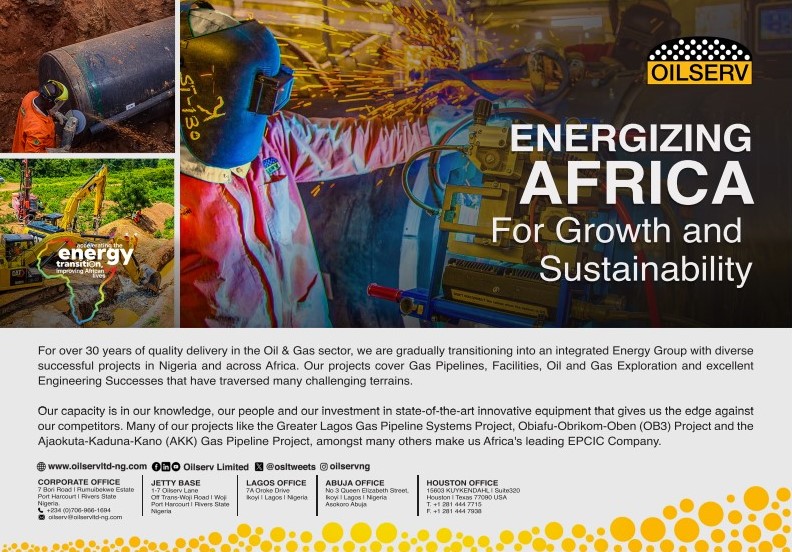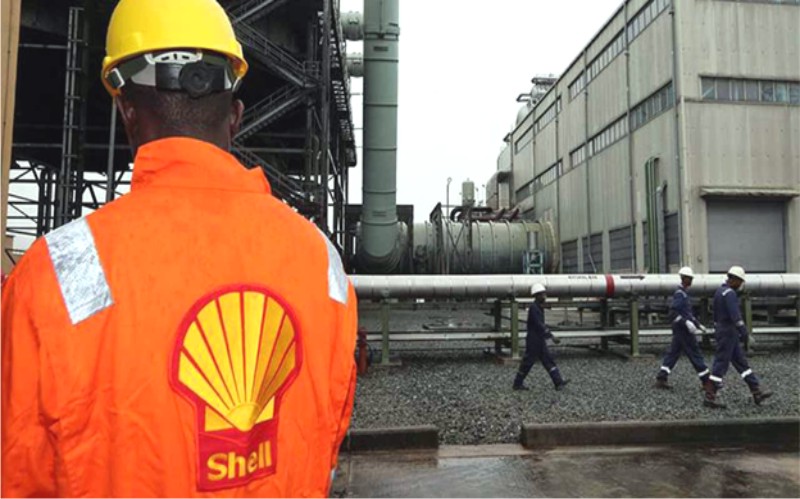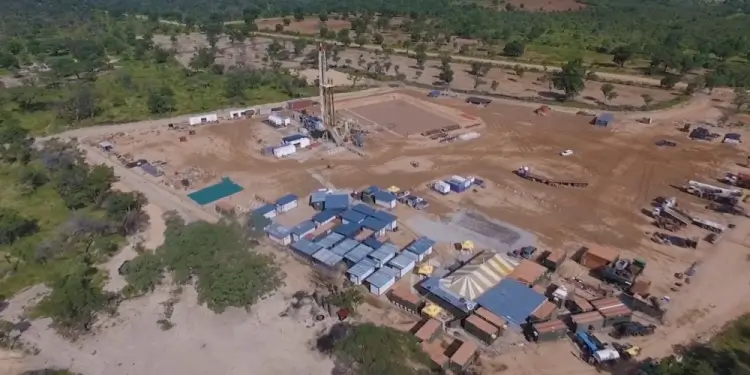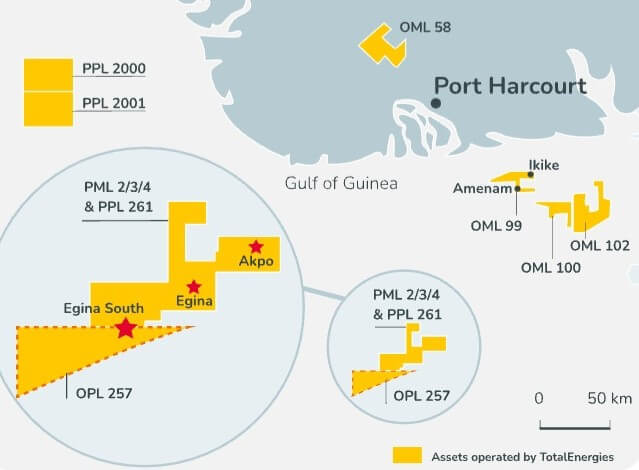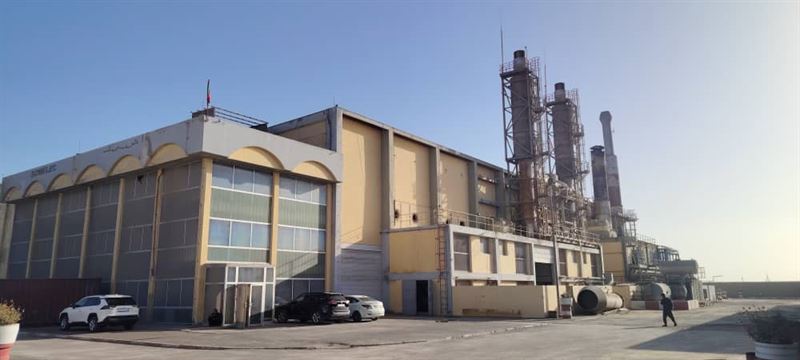
With President Biden committing the U.S. to a more than 50% reduction in economy-wide greenhouse gas emissions by 2030 – nearly double the previous national target – some policy experts say America will need natural gas and a modern pipeline network to reach the goal.
Columbia University’s Center on Global Energy Policy recently published an energy infrastructure report – “Investing in the U.S Natural Gas Pipeline System to Support Net-Zero Targets” – underscoring the importance of natural gas in achieving meaningful environmental progress. The study explains:
“[I]nvesting more in the domestic natural gas pipeline network could help the U.S. reach net-zero emission goals more quickly and cheaply. Fortifying and upgrading the system could prepare the existing infrastructure to transport zero-carbon fuels as they become available and, in the meantime, reduce harmful methane leaks from natural gas.”
As the world’s demand for energy grows, we will need affordable, reliable and lower-carbon fuels – and natural gas is a readily available solution. The study authors note that U.S. natural gas consumption is projected to rise for at least the next 30 years, even under net-zero emission scenarios.
Coal-to-natural gas switching in power generation has been the leading contributor to U.S. emissions reductions in the power sector, and today, the fuel is used to generate nearly 40% of the nation’s total electricity. And according to the University of California Berkeley’s 2035 Report, natural gas plants will continue playing a critical role in grid reliability during the cleaner energy transition, particularly throughout the high-demand summer months.
The ongoing production, distribution and export of American-made natural gas represents an opportunity to provide consumers with lower-carbon energy options, while supporting economic growth and preserving energy security.
That said, the U.S. must reinvest in natural gas pipeline infrastructure to support the current and future transport of cleaner fuels. According to the Center on Global Energy Policy, America has 2.5 million miles of natural gas pipelines, which could be upgraded to cut emissions and retrofitted for use with other fuels, such as hydrogen. The study states:
“[T]hese investments in existing infrastructure can support a pathway toward wider storage and delivery of cleaner and increasingly low-carbon gases while lowering the overall cost of the transition and ensuring reliability across the energy system.”
When it comes to hydrogen fuels, there are also cost-savings considerations. The European Union’s Hydrogen Strategy notes that modifying natural gas pipelines would be more cost-effective than building new hydrogen infrastructure. As much as 90% of Germany’s and the Netherland’s natural gas infrastructure could be repurposed for hydrogen, making natural gas pipelines look less like stranded assets and more like necessary steps in the energy transition.
But natural gas and oil pipeline investments were notably absent from the White House infrastructure proposal released last month. Like roads, bridges, railways and export terminals, U.S. pipelines must be modernized to enhance safety and sustainability, and neglecting this critical infrastructure misses the opportunity to address America’s future energy and transportation needs.
Pipelines are the safest, most environmentally friendly way to deliver energy for everyday use, and infrastructure expansion is a key pathway to environmental progress. As the report from Center on Global Energy Policy explains, improving pipelines can reduce greenhouse gas emissions, particularly from methane leakage, and help establish a broader marketplace for differentiated natural gas and hydrogen fuels.
Additionally, the report recommends the broader application of carbon capture, utilization and storage (CCUS), which can complement decarbonization efforts across the nation’s energy system. By advancing federal research and development, and enhancing the 45Q tax credit, the U.S. can accelerate CCUS deployment as part of a comprehensive infrastructure refresh.
An across-the-board infrastructure upgrade would complement the range of public policies and private-sector initiatives – outlined in both the Center on Global Energy Policy study and API’s Climate Action Framework – which are designed to combat climate change.
Together, government and industry can address emerging energy challenges and, with a robust pipeline network, deliver a cleaner energy future.
Source API













